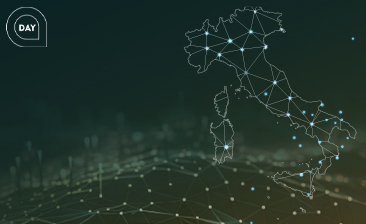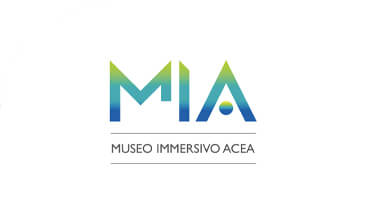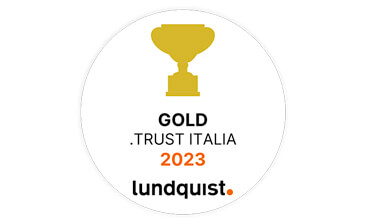
Acea for World Energy Saving Day
Acea Ato 5 reminds you that you can submit your customer reading by calling the toll-free number 800 639 251, visiting the customer area MyAcea, using the MyAcea app, writing to the email address commerciale@aceaato5.it or sending a text to 339 99 42 943
Customer readings: put a stop to adjusted balances and help keep your bills under control
Every year, as required by law, Acea Ato 5 makes from two to three attempts to take a reading of its customers’ consumptions. However, these attempts are not always successful, mostly because the meters are not accessible and the user is absent, or fails to let the meter reader in. In these cases, as established by the regulation imposed by the industry Authority (Arera), customers are invoiced based on an estimate of their consumptions.
The matter is regulated by the Integrated Act on the metering of the Integrated water service (Timsii), a resolution passed by Arera in 2016 which requires the so-called “average annual consumption” of each user to be calculated by July 31st of each year.
This value is obtained by dividing the volumes supplied (taken from two readings performed at least 300 days apart) divided by the exact number of days between them and multiplied by the number of days in a year (365). The result is then adjusted by applying the tendential rate of variation of the annual consumption in the last 3 years, observed until the previous year in the Ato (this parameter is set at 1 - and is therefore irrelevant - if the Operator does not have a valid historical series).
The annual average consumption, calculated in this way, is used as a reference value for the next year and, if there are no real readings, (performed by the operator with a meter reading or by the user with a customer reading) it consists of the maximum chargeable estimated consumption volume.
The estimated consumption (which is therefore used when there are no readings available with which to calculate the real consumption) is calculated based on the last annual average consumption divided by the 365 days of the year and multiplied by the period in days for which the estimate is applied.
Now, clearly, the older and more dated the real readings or customer readings on which the estimate is based are, the more likely it is that the estimated values will not correspond with the real consumptions. Often, a user may find his or her bills excessive precisely due to this calculation mechanism imposed by the regulations governing this practice.
For example, think of the case of a user who had consumed higher amounts of water in the past (perhaps because their family was larger), and has never submitted a customer reading or had their meter read by a technician. In this case, the invoices received will continue to consist of estimates based on the higher volumes consumed in the past rather than the true, lower, volumes consumed today.
This is why it is important for customer to have their meters read regularly or, alternatively to provide a customer reading: the date on which the next invoice will be issued is printed on every bill and customers should bear this in mind when deciding when to submit their customer readings.
In this way we can avoid receiving water bills based on estimates containing the unexpected adjusted balances generated when the meter is effectively read, with a view to realigning the invoiced consumptions with the real ones (perhaps months or even years later).
Additionally, customers for whom no real readings exist, and who have not submitted a customer reading, cannot benefit from the prescription period (two years from 2020) for the amounts owed.
Discover the latest news and initiatives of the Acea Group

Acea for World Energy Saving Day

Visit the virtual museum about the history of the Acea Group

The channel for the commercial requests on land urbanisation

Acea turns the spotlight on the Rome Film Festival 2023

Acea is in the "Gold class" in the .trust research

Read more about our culture of inclusiveness